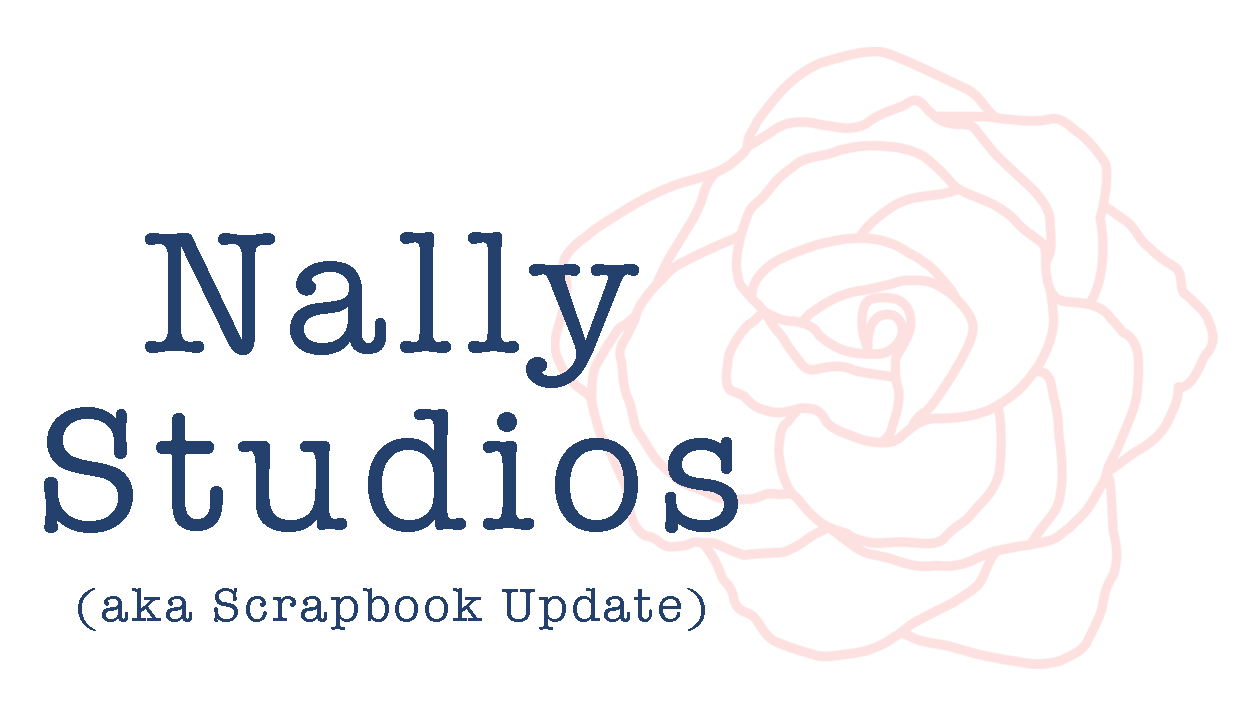Silhouette Cameo vs Silhouette Portrait
Today instead of posting the next giveaway for the site’s big anniversary, I am going to take an opportunity to answer a recent comment from a reader about the Silhouette Portrait machine that I use.
[Disclosure: This site is a participant in the Amazon.com affiliate program. Some links in this article are affiliate links that pay this site a commission when a purchase is made after a click.]
One of my readers Michelle commented on my last Silhouette article that "I'm having a hard time figuring out the distinction between the two," meaning the Portrait and the Cameo machines.
This seems a good time to discuss the differences between the two machines because a new Silhouette promotion is launching today that focuses on the Portrait machine. (Details on that awesome deal coming at the end!) Despite my personal love of the Portrait machine, it is most definitely the wallflower of the Silhouette line, with most Silhouette fans using (or coveting) the larger Cameo machine as their machine of choice.
The Silhouette Portrait machine was announced nearly two years ago in October 2012. I bought mine a few months later. For some of those locked out of the Cameo by the $299 MSRP, the $179 MSRP on the Portrait machine is much more reachable (and the frequent Silhouette promotions make it even more affordable). But what are you giving up for the discount in price on the Portrait?
The most obvious difference between the two machines is in size. The Portrait machine's footprint of 16.25" x 5.6" is physically much smaller than the Cameo (20.9" x 6.5"). This to me is one of the benefits of the Portrait machine, as it takes up much less space in my crowded work area, and is easier to move around if needed.
However, the reason for the Portrait's smaller size is that it has a smaller cutting width than the Cameo machine. The Silhouette Portrait's maximum cutting width is 8", while the Cameo can cut a full 12" width sheet. Whether this is an issue for you would depend on what you plan to use the machine for. If you plan to use your Silhouette for small decorative elements like titles and embellishments for layouts, cards, and Project Life, the Portrait is plenty large. It can cut journaling cards, A2 cards, and titles and elements. Some larger items can be cut on the Portrait with a little extra work, like large vinyl phrases and some 3D objects, to divide the cuts between several different sheets of cutting.
The true limitations of the Portrait's size are its inability to cut full 12" backgrounds, and its inability to cut large 3d items. If those two items are important to you, you'll need the Cameo. Otherwise, the vast majority of the time you'll have no issues with the size of the Portrait. (And at some point, you have to ask yourself how much extra you are paying for how often you cut items that can only be cut on the Cameo.)
The other major difference (really, the only other difference) between the two machines is that the Cameo has an SD card reader and LCD display. Theoretically, this gives users the option to save specially formatted files from the Silhouette desktop software to an SD card, and then have the ability to cut from the Cameo without a computer being present. However, I am so spoiled by the level of control offered by the Silhouette software on the computer that I can't imagine wanting to cut without it. This is a Cameo feature that I have never once missed on my Portrait.
So having explored the differences between the machines, what is the same about them? To put it simply - everything else.
The Portrait machine can cut any material that the Cameo will accept, including all of the specialty materials from Silhouette. Regular readers of Scrapbook Update have seen many projects that I've completed with a variety of them on the Portrait. The Cameo and Portrait interact in the same way with the Silhouette design software, and can use all of the same features in it. All of the same accessories available for the Cameo - like the light hold mats, pen holders, and the exciting new PixScan feature - are available for and work on the Portrait.
In other words, the Portrait is nothing but a little baby Cameo machine with the SD card slot and LCD screen stripped off. And, like many babies, it's cuter than its older sibling! (For a way to make it even cuter, check out my project where I embellished my machine cover.)

